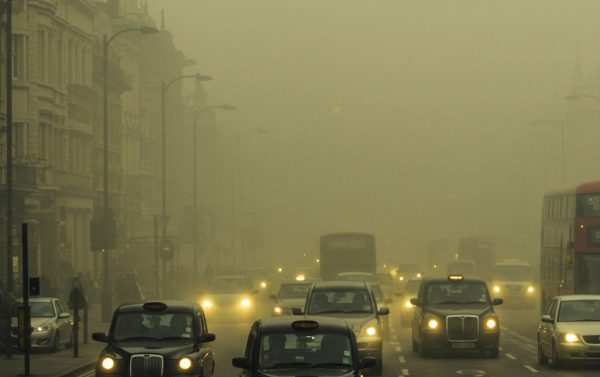Every time we turn the key in our ignition, we’re not just starting our journey—we’re contributing to one of the UK’s most pressing environmental challenges. Vehicle emissions remain a significant source of air pollution, with road transport accounting for approximately 32% of nitrogen oxide emissions and 13% of particulate matter in the UK, according to the Department for Transport’s 2022 statistics.

Urban Hotspots and Health Implications
In our cities and towns, the impact is particularly pronounced. Urban areas, where traffic often crawls in congestion, experience higher concentrations of pollutants. Think of it as a bath with the taps running but the drain partially blocked—pollutants accumulate faster than they can disperse. This accumulation has real health consequences, with Public Health England estimating that air pollution is responsible for between 28,000 and 36,000 deaths annually in the UK.
The Role of Different Vehicles
Not all vehicles contribute equally to air pollution. A diesel engine typically produces more nitrogen oxides than a petrol engine, though modern diesel vehicles with advanced emission control systems have significantly reduced this gap. Electric vehicles, while producing zero tailpipe emissions, still contribute to particle pollution through tyre and brake wear.
While modern vehicles don’t produce that much of the overall pollution (most pollution is from a smaller number of older vehicles or badly tuned vehicles), each vehicle does still contribute overall to the level of pollution in the atmosphere.
Driving Style and Air Quality
The way we drive significantly influences our environmental impact. Aggressive acceleration and harsh braking can increase fuel consumption by up to 30%, according to the Energy Saving Trust. This doesn’t just hit our wallets—it also means more emissions. Think of smooth driving as being similar to carrying a full cup of tea—gentle movements prevent spillage and, in driving terms, reduce unnecessary emissions.
Solutions and Steps Forward
The good news is that there are many ways to reduce our impact: Maintaining proper tyre pressure reduces rolling resistance and fuel consumption. Regular servicing ensures engines run efficiently. Planning journeys to avoid congestion not only saves time but reduces emissions from idling. When possible, combining trips reduces cold starts, which produce higher emissions as engines warm up.
Car pooling can help maximise the productivity of your journey.
Many cities are introducing Clean Air Zones, following London’s lead with its Ultra Low Emission Zone. These initiatives encourage the use of cleaner vehicles and alternative transport modes, helping to improve air quality in our most polluted areas.
By understanding the impact of our driving choices on air quality, we can all contribute to cleaner air for our communities. Whether it’s adopting eco-driving techniques, maintaining our vehicles properly, or choosing cleaner transport options when possible, every action counts towards improving the air we all breathe.
